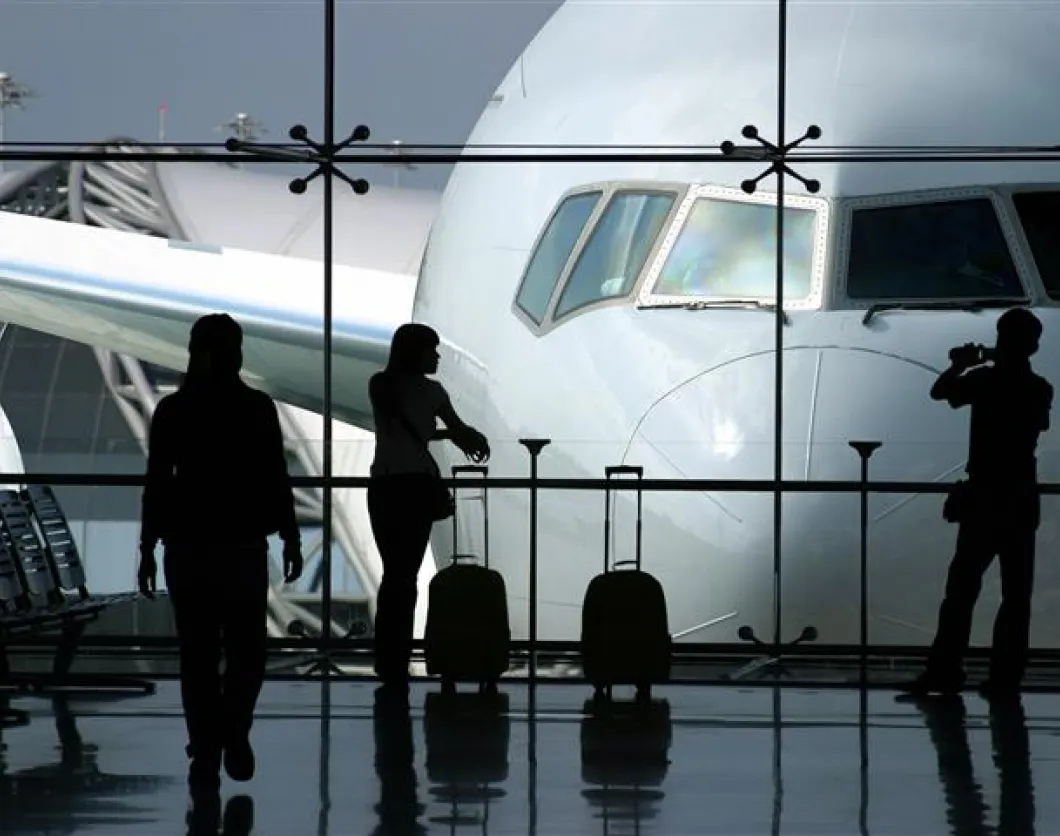Airlines are more and more using social media to enhance passengers' travel experience. The relatively new social seating programs integrate social media into the airlines' booking system that allows passengers to choose the persons they want to sit next to in a flight.
According to the pioneers of social seating in the airline industry, the programs are popular with many of their passengers. Malaysia Airlines, for instance, reported having more than 30,000 passengers using its MHbuddy social seating program monthly in 2012. A few months after KLM launched its Meet & Seat program in early 2012, more than 2,200 passengers had subscribed.
How It Works
If traveling with an airline that has adopted social seating, you can book your flight the traditional way, or you can opt in to the social seating program, check out the profiles of people you have common interests with and choose a seat next to them. The programs are optional, meaning you can choose not to participate if you do not want to. According to the airlines, user information is not used for any other purposes besides flight booking and allowing customers to network.
Joining a social seating program simply means that you link your profile on any social media network with your flight booking information. Once you log in to your Facebook, LinkedIn or Twitter account, you are allowed to see profiles of passengers using the program in different flights. You then choose your flight and at this point, the profiles are displayed based on data such as flight categories and other common interests.
You can change your settings to include your friends or connections only, friends of friends and so on. The system captures the information based on the profile of the person or persons you choose to sit next to and matches it with people you are more likely to be interested in the next time you use the service. This makes it easy for you to choose your seat whenever you book a flight with the airline.
Short History
Social seating emerged from the need for airlines to adopt innovative ways to improve the customer flying experience. The idea was originally laid down by Martin Varsavsky, an entrepreneur of Argentine origin who is now based in Spain. He wrote about the basic concepts of social seating in 2008.
An in-flight survey carried out by an airline consulting firm, SimpliFlying, revealed that 80 percent of passengers believed the characteristics of the person they sat next to in a flight played an important role in determining the passenger flight satisfaction. In 2009, the firm wrote about providing passenger information as a way of improving the flying experience.
Airlines began using this information to develop their social seating programs. SimpliFlying first developed a product based on social seating and other airlines followed suit. Malaysia Airlines introduced its MHbuddy in 2011. The program was integrated with Facebook and allowed passengers to choose the persons to sit next to. KLM introduced its Meet & Seat in early 2012. The program integrates different social network platforms.
Social seating and online ticketing solutions provider, SeatID developed a program for Aerosvit Airlines. The program was the first to provide information to passengers about other customers in different flights prior to booking a flight and seat.
Concerns about Privacy
While many passengers welcome the idea of social seating as a fun way to fly, others are skeptical. Privacy is a major concern for many passengers, who feel that private information could be abused. Others feel that joining these programs would expose them to stalkers, unwelcome sales pitches and so on. However, airlines that use social seating have indicated their commitment to keeping customer information private. In addition, to participate or not is a personal choice and one can always opt out if already subscribed.
The Future
Social seating is a great opportunity for airline customers to network, meet new people and share common interests with other passengers. According to JWT Intelligence, the adoption of social seating by booking agents is one of the trends to watch and its use is expected to extend to other airlines in the near future. SeatID says the concept is also applicable to many other sectors including theaters, music and sporting events and any other events where people book seats.












